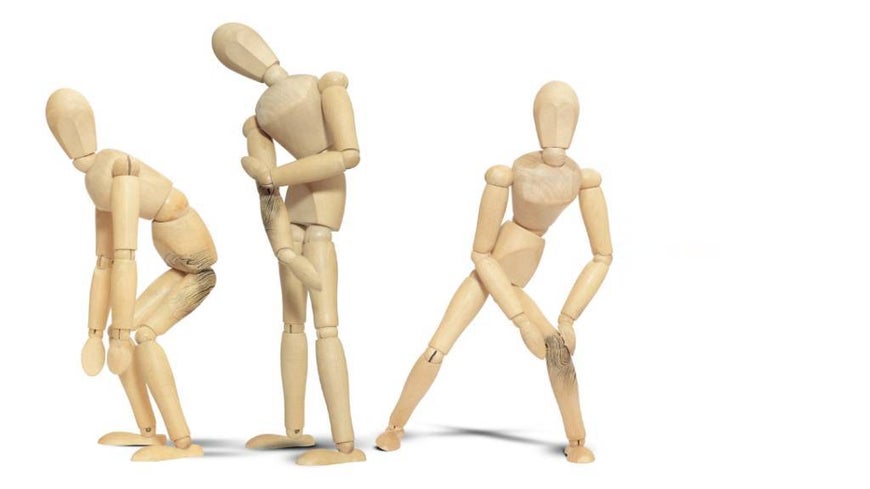The fast 5 of osteoporosis

Written by Ingrid Laurence for Australian Seniors.
Poor bone health is common in Australia – it affects a million of us. According to the medical director of charity Osteoporosis Australia Professor Peter Ebeling, it is estimated that more than 80% of the population over the age of 70 have osteoporosis or osteopenia (low bone mineral density indicating high risk for osteoporosis) in Australia, and there are an estimated 165,000 fractures in 2019. And cases of osteoporosis, the disease that makes bones brittle, are only expected to increase with our ageing population.
But the professor believes there is plenty we can do to improve the situation. “Currently osteoporosis is under-diagnosed in Australia, even after a person has experienced a fracture, with less than 20% of these patients receiving investigations or treatment to prevent the next break,” he says. “We encourage the investigation of such at-risk adults to improve osteoporosis diagnosis and treatment.”
What are the treatments?
New treatment options may also soon be on the way. “There is ongoing research in the medical world about treating osteoporosis,” explains Professor Ebeling. “Large studies, both in Australia and overseas, have identified important risk factors for osteoporosis, many of which may be modified. We now know low bone density is part of, but not the whole story and that the micro-architecture of our bones is also important. Current research is looking into measuring this with special high-resolution scans.
“There’s also a new focus on medications that build new bone, with two such drugs recently becoming available internationally. These drugs appear to be superior in preventing broken bones due to osteoporosis to the more commonly available drugs that prevent bone breakdown.”
5 ways to be proactive about bone health
These new drugs are not yet available in Australia. In the meantime, Professor Ebeling explains the five best ways that everyone can be proactive about promoting good bone health.
- Eat enough calcium: Adults need 1,000mg of calcium per day, increasing to 1,300mg for women over 50 years and men over 70. In most cases, this can be achieved by eating three serves of calcium-containing foods per day.
- Add some sunshine: Vitamin D is important for the absorption of calcium from the diet. Limited sun exposure, taken at times when the UV index is less than 3 to avoid skin damage, is the best bet. For people with low vitamin D levels, supplements may be recommended.
- Mix up your exercise: A combination of weight-bearing and resistance exercise is best for bones. Also, balance training is helpful to build coordination and avoid falls.
- Know your bones: Take the online self-assessment developed by Osteoporosis Australia and the Garvan Institute of Medical Research at Know Your Bones bone assessment tool. It provides an individual report quantifying your risk of breaking a bone; if your results are in the amber or red zone, see your doctor.
- Investigate breaks: If you are aged over 50 years and have broken a bone from a minor incident (such as a fall from standing height or tripping), don’t just assume it’s bad luck. Talk to your doctor – you may need to investigate for osteoporosis.
For more information about your bone health, go to Healthy Bones Australia.
Did you know?
Fractures and broken bones are essentially the same thing. According to the Know Your Bones assessment service, the word fracture is a term used by medical professionals. A fracture can be a partial, or complete break in a bone.
9 Sept 2020